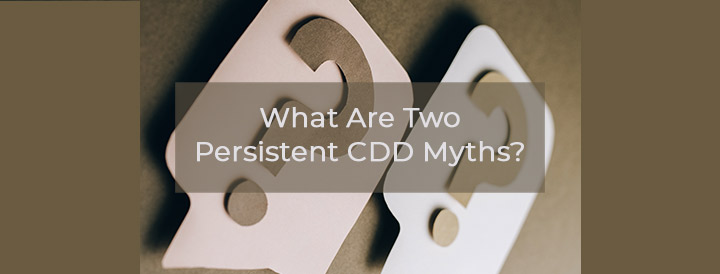
AMPs: What are two persistent CDD Myths? Hint: They involve sellers and artists
by Rena Neville, Lead AML Consultant, FCS Compliance, Art Division
 There are a number of myths swirling around the art market, that regularly resurface. Here are just two.
There are a number of myths swirling around the art market, that regularly resurface. Here are just two.
Myth number one: Art market participants (AMPs) do not need to do customer due diligence on consignors/sellers. This myth is just that, a myth, not based in fact or law.
Myth number two: Customer Due Diligence (CDD) need not be done on artists who are sellers. Sadly, another myth and one that is entirely misplaced.
To understand the possible origins of these myths, let us rewind back to 2020, before COVID and before the war in Ukraine. At that time, the Anti-Money Laundering (AML) priority for the art world, was the need to ‘Know Your Customer’ (KYC) and to do Customer Due Diligence (CDD) on them. Many people concluded that a “customer” referred exclusively to a buyer. The common refrain we heard was ‘follow the money’ meaning the purchase money coming from the buyer, a phrase that is not incorrect, but is not completely correct either.
Why do we conclude the myths are misplaced?
We turn to the Guidance specifically for the art market provided by HM Treasury, first in 2020, which was updated in Summer 2022 and again in February 2023. Relying on this Guidance, the analysis starts with the question of what constitutes a ‘customer’.
In the updated Summer 2022 Guidance, ‘customers’ are defined as “whoever is paying the Art Market Participant (AMP) for the artwork, or for services in relation to the transaction” (see examples in Part II, paragraph 5.21). The key here is to focus on when a transaction involves a service or work of art. For the art market, ‘service’ is usually indicated by a commission or fee being paid, usually to some form of intermediary who is involved in the transaction, but is not themselves selling or buying the work of art.
HM Treasury Guidance helpfully provides examples to clarify who might be a customer. Here, it is abundantly clear that sellers are customers. The Guidance states:
For example, in a transaction involving an AMP who is an art dealer:
- when the dealer is selling their own stock the dealer’s customer will be the person, or other AMP,
who is paying the dealer for the work of art. - when taking a work of art for sale on consignment, the dealer’s customers will be both the seller
and the buyer.
For example, for an AMP who is an auction house, the customer will be:
- the seller of a work of art, or other AMP, who has paid the auction house, to auction the work of
art - the purchaser, or other AMP, who has paid the auction house for the work of art, (emphasis added)
So, myth bubble number one is burst: CDD should be done on customers whether sellers or buyers whenever there is a payment for a service or work of art in connection with an otherwise qualifying transaction.
The second, related myth, is that AMPs do not need to do CDD on artists. Back when the art market was first regulated in 2020, there was some ambiguity around this question. However, during the last three years, with the help of the Guidance and clarifications outlined in the UK Money Laundering Regulations, the question has been unequivocally resolved, as explained in paragraph 19 of the most recent HM Treasury Guidance.
Specifically, artists selling their own art are not required to register in the UK as an AMP. This is true in each of the following cases:
- when the artist is set up as a business or operates as an individual,
- when the artist’s estate is selling the artist’s own works, or
- when the artist has an employee to sell their work for them.
The exclusion does not however extend to sales of one artist’s works by a different artist. Similarly, the exclusion does not apply if an artist is simply consigning to a primary market gallery.
Artists become ‘mere’ customers if/when they consign their own works to a primary market gallery. However, artists may fall into the category of having a ‘business relationship’ with a gallery or art advisor if the artist routinely consigns their works to the same gallery.
For a business relationship to exist there must be an element of duration, with an expectation of repeat business. If an artist is a ‘business relationship client’ to the same gallery, then ongoing monitoring is required.
The classic, ancient myths of yore arguably teach us something about the importance of values and morals. Misplaced AML myths serve no such purpose. They merely put the AMP at risk of a penalty, fine or failing an HMRC intervention.
Article published: April 2023
